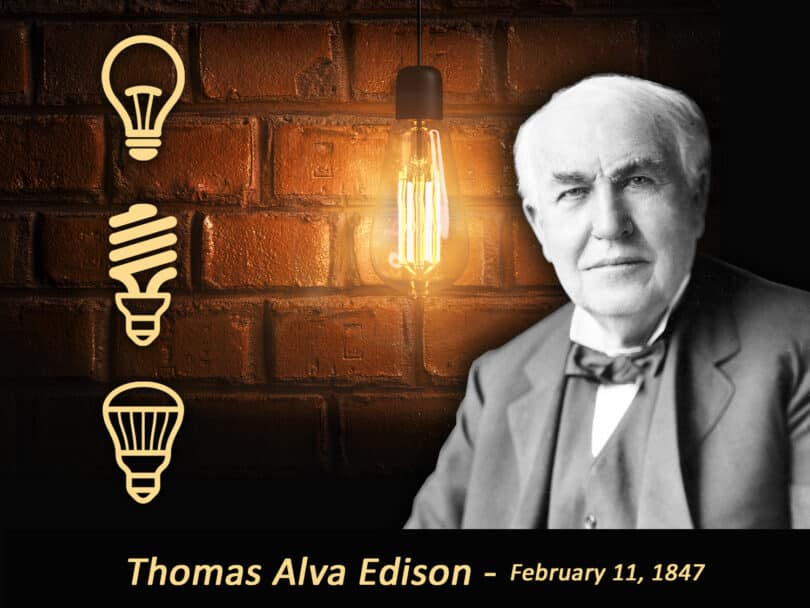The invention of the lightbulb was a major milestone in human history. Before the advent of electric lighting, people relied on candles, oil lamps, and gas lamps to light their homes and workplaces. These sources of light were expensive, dangerous, and often unreliable. The lightbulb changed all that, providing a safe, efficient, and affordable source of light that transformed the way we live and work.
Table of Contents
The Origins of Electric Lighting
The history of electric lighting dates back to the early 19th century when inventors began to experiment with electric currents and their effects on various materials. In 1802, Humphry Davy, a British chemist, demonstrated the first electric arc lamp, which produced a bright light by passing an electric current through two carbon electrodes. However, this early form of electric lighting was expensive, dangerous, and impractical for most applications.
RELATED: Sunday Quotes to inspire you to enjoy the weekend 2023
Over the next few decades, inventors continued to refine electric lighting, developing new types of lamps and experimenting with different materials and technologies. In 1860, the French physicist Jean-Baptiste Dumas demonstrated the first practical incandescent lamp, which produced light by heating a filament to a high temperature. However, this early lamp was not very efficient, and it was not commercially viable.
The Invention of the Lightbulb
The invention of the modern lightbulb is usually attributed to Thomas Edison, an American inventor, and businessman who developed a successful commercial version of the incandescent lamp in the late 1870s. Edison’s bulb used a carbon filament enclosed in a glass bulb, which was evacuated to create a vacuum. When an electric current was passed through the filament, it heated up and produced a bright, steady light.
Edison’s invention was a major breakthrough, and it quickly revolutionized the lighting industry. The first Edison bulbs were sold to the public in 1880, and they soon became the standard for electric lighting around the world. Edison’s bulb was much more efficient and long-lasting than previous forms of electric lighting, and it was much safer and more affordable than candles, oil lamps, and gas lamps.
The Legacy of the Lightbulb
The invention of the lightbulb had a profound impact on human society, transforming the way we live and work. Electric lighting made it possible to work and study at night, and it improved safety and productivity in factories, mines, and other workplaces. It also made it possible to extend the day and enjoy leisure activities after dark, which had a major impact on the development of modern cities and the way we spend our time.
Today, the lightbulb is a ubiquitous and essential part of modern life, and it continues to evolve and improve. Modern LED bulbs, for example, are much more efficient and long-lasting than traditional incandescent bulbs, and they offer new possibilities for energy-efficient lighting and smart home automation.
Conclusion
The invention of the lightbulb is a testament to human ingenuity and innovation, and it continues to be an essential part of our lives today. While Thomas Edison is often credited with inventing the lightbulb, it is important to remember the contributions of other inventors and innovators who helped to lay the groundwork for this remarkable invention. From Humphry Davy to Jean-Baptiste Dumas to Thomas Edison, the story of the lightbulb is a story of human progress and the endless quest for knowledge and understanding.





